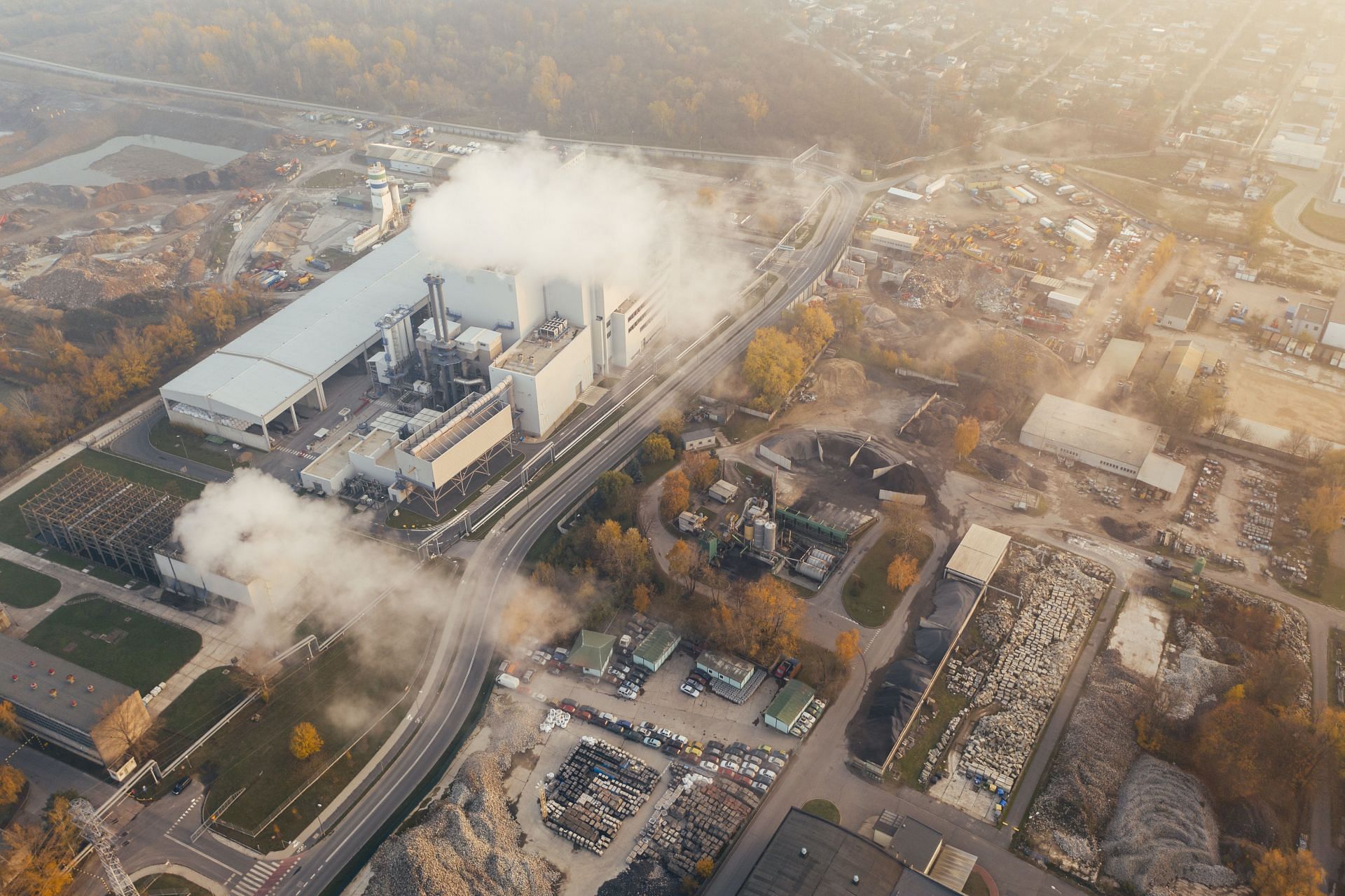Air pollution
Air pollution is a significant public health concern, with numerous adverse effects on human health. One of the most significant impacts of pollution is its effect on asthma symptoms. Asthma is a chronic respiratory disease characterized by inflammation and narrowing of the airways, which can make it difficult to breathe. Exposure to pollution can exacerbate asthma symptoms, leading to increased hospitalizations, emergency room visits, and overall healthcare costs.
Particulate matter (PM) is one of the primary components of pollution that has been linked to asthma symptoms. PM refers to tiny particles suspended in the wind, such as dust, soot, and smoke, that can be inhaled deep into the lungs. These particles can trigger inflammation in the airways, leading to worsening asthma symptoms. Additionally, exposure to nitrogen oxides (NOx) and sulfur dioxide (SO2), which are commonly found in car exhaust and industrial emissions, has also been linked to asthma symptoms.
Children are particularly vulnerable to the adverse effects of pollution on asthma symptoms. Exposure to air pollution during pregnancy and early childhood has been linked to an increased risk of developing asthma. Children with asthma who are exposed to pollution are more likely to experience asthma exacerbations and may require more frequent use of rescue medications, such as bronchodilators and corticosteroids.
Additionally, pollution can interfere with lung development, leading to reduced lung function in children and adolescents.
While the impact of pollution on asthma symptoms is well-established, there are steps individuals can take to reduce their exposure and minimize the risk of asthma exacerbations. One of the most effective strategies is to avoid exposure to pollution as much as possible. This may include reducing time spent outdoors during periods of high pollution, using split ACs and filters in indoor spaces, and avoiding areas with heavy traffic or industrial activity.
In addition to personal strategies, there are also policy-level approaches that can help reduce pollution and improve asthma outcomes. Regulations that require cleaner burning of fuels, such as low-sulfur diesel, and the use of emission control technologies in cars and industrial equipment can help reduce pollution levels. Additionally, policies that promote active transportation, such as walking and biking, and the use of public transportation can help reduce overall emissions and improve their quality.

Air pollution is a significant contributor to asthma symptoms and exacerbations. Exposure to particulate matter, nitrogen oxides, and sulfur dioxide can trigger inflammation in the airways, leading to worsening asthma symptoms. Children are particularly vulnerable to the adverse effects of pollution on asthma, and reducing exposure is critical to minimizing asthma-related healthcare costs and improving outcomes. Personal strategies, such as reducing time spent outdoors during periods of high pollution, and policy-level approaches, such as emissions control regulations, can help reduce pollution and improve asthma outcomes.

